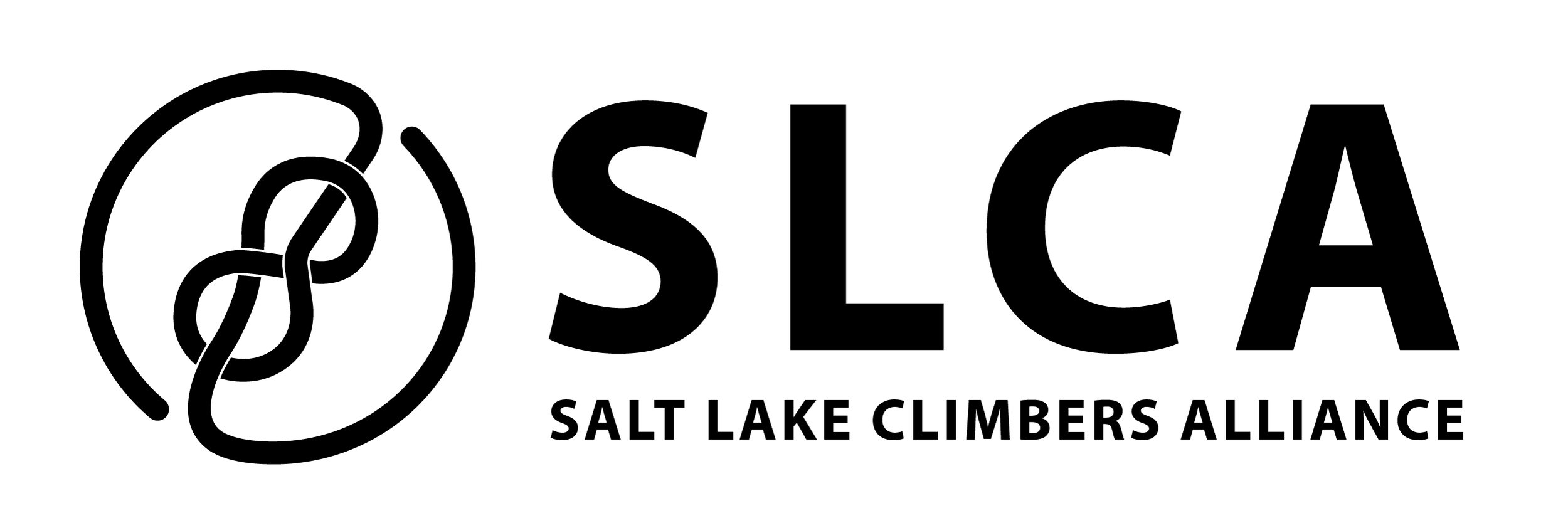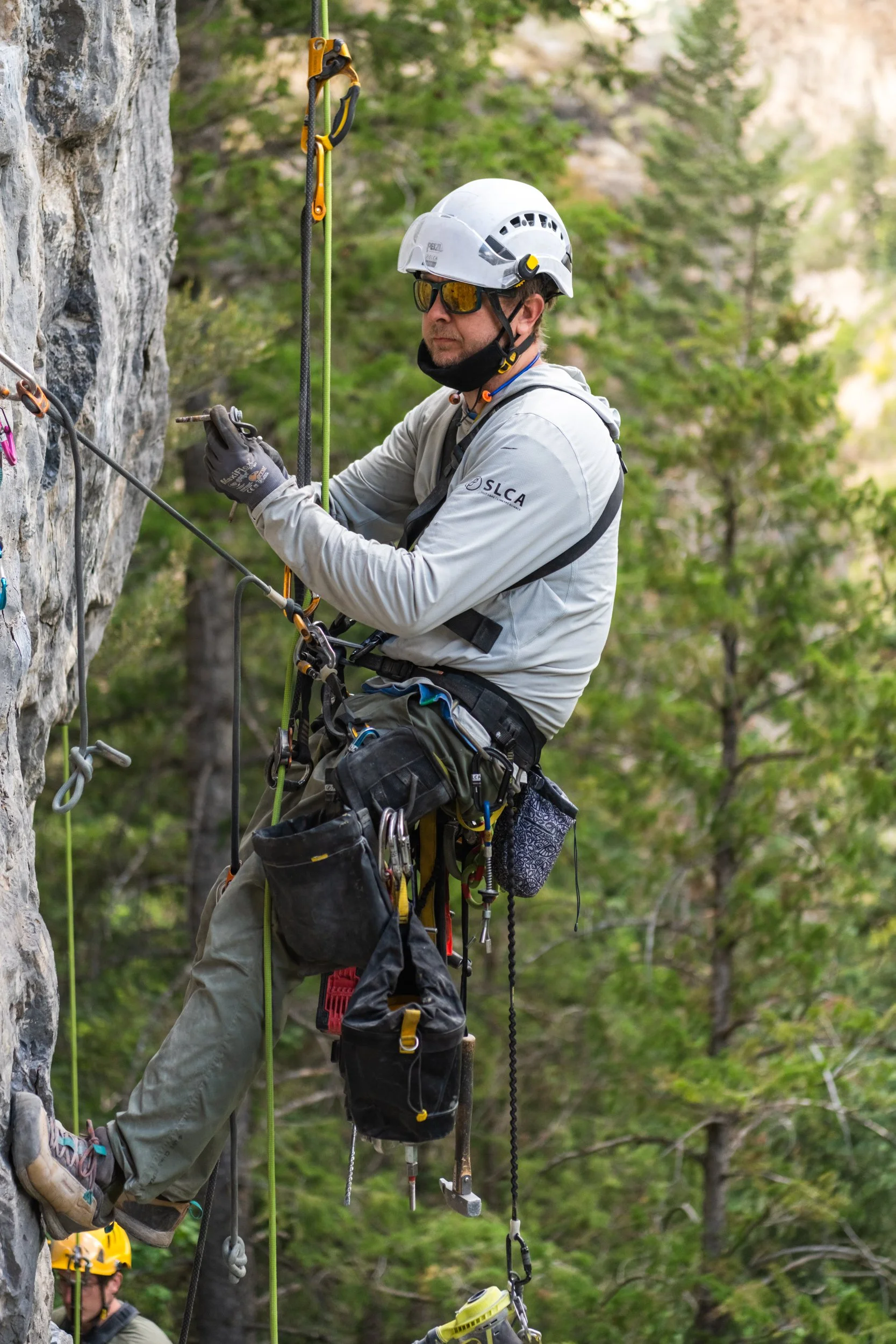Anchor Maintenance: Unknown Pleasures & Black Magic - American Fork
During the week of September 9-13, the crew visited the sleeper classic areas of Unknown Pleasures and Black Magic in American Fork. Both areas are some of the older crags in American Fork, developed by Jeff Pederson, Boone Speed, Bill Boyle, with additions by Gordon Douglass, Mindy Shulak, Bill Ohran, Tim Roberts, Jake Rasmussen, Steve Bleyl, and Darren Knezek.
As the story goes, visiting European climbers would turn their backs while belaying, with the extra slack piling on the ground. This afforded them a true on-sight experience when climbing next. They approved of these areas, as we still do to this day.
For the first three days, we focused on the original classics at Unknown Pleasures. Named after Joy Division's debut album, this classic zone saw upgrades to routes like Shadowplay (5.12d) and Unknown Pleasures (5.12b). Other routes that received attention included: Leapin' Lizards (5.10b), Persona Non Grata (5.10b), Sharkfighter (5.12b/c), and Closer (5.12b). We also added steel lower-offs to some of the newer routes, such as: Whip It (5.10d), Oni (5.11d), and an unknown 5.11 route left of Oni.
After finishing work at Unknown Pleasures, we moved down to Black Magic. Our focus was mainly on the right side of the cave, giving Needles and Pins (5.11a), Orogeny (5.12a), Orogeny Extension (5.12b), and Lock and Load (5.12c/d) a full makeover. Additionally, we upgraded some washer-stacked anchors on the left side of the cave.
If you're looking for quiet, mostly shaded crags, these are perfect for you. As always, if you know of a route or crag that needs rebolting, please fill out our anchor observation form. We do our best to incorporate these areas into our work plan, but please remember that we currently cannot work within the Wilderness, often found very close to the road in areas like American Fork and Big Cottonwood Canyon.
Rock climbing is an inherently dangerous activity and we encourage anyone who participates to obtain the appropriate education and training in order to minimize accidents. We also encourage participants to consult resources including but not limited to guiding outfitters, SAR, Utah Avalanche Center, ranger stations, and weather reports. Nevertheless and although tragic, accidents can happen even when the participants have the proper training and have consulted authorities on conditions. Participants in outdoor climbing are assuming a risk, just as they do in skiing, mountain biking, kayaking, or other outdoor activities. Anchors once maintained by the SLCA are not guaranteed to be in the same state or condition as when they were maintained.






